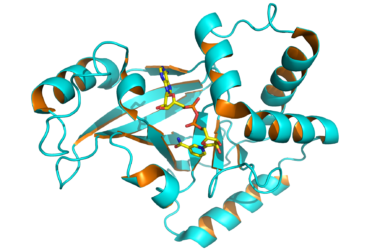Honesty is a crucial foundation for relationships and cooperation. In early childhood education, helping children recognize the importance of honesty is fundamental. Victoria Talwar, professor in McGill’s Department of Educational and Counselling Psychology and lab director of the Talwar Child Development Research Lab, recently published a paper in Developmental Psychology[Read More…]
Research Briefs
What nurses have to say about healthcare for the underprivileged
We often take many aspects of our lives for granted. Among these are access to healthcare, a place to stay permanently, and a safe and stable home, which are all critical for a healthy and prosperous life. However, many people lack access to these necessities. Overlooking the improvement plan for[Read More…]
Diversity dynamics: Exploring organizational diversity’s impact on minority recruitment
Existing research in the field of psychology has shown that organizational diversity influences the work environment and the behaviours of individuals seeking employment opportunities. In a paper titled “A field study of the impacts of workplace diversity on the recruitment of minority group members,” Jordan Axt, assistant professor in McGill’s[Read More…]
Patient-centric progress: Advancements in technologies for type 1 diabetes
Living with diabetes goes beyond managing its symptoms. It involves grappling with social stigma, the necessity of a continuous supply of insulin, the lurking fear of hypoglycemia, and the financial burden of disease management in failing healthcare systems. Recent advancements in diabetes technology aim to assist with insulin adjustment and[Read More…]
Statistics Canada researcher shares insights into Canadian heat wave
Matthew Quick, a research analyst at Statistics Canada, gave an insightful talk at McGill on Friday, Nov. 3, about the impacts of extreme heat across Canada and the many socio-economic factors that contribute to an individual’s vulnerability to these effects. He presented three of his recent studies, each illuminating a[Read More…]
Unlocking the brain’s potential through neuroplasticity and amblyopia treatment
The term ‘neuroplasticity’ never fails to incite intrigue. It involves structural and functional transformations within the brain as a way to adapt, often in response to interactions with the environment. Over the past decades, the concept of neuroplasticity has gained substantial traction in neuroscience, offering novel insights and opening up[Read More…]
Based on traits: Selecting more resilient wood for future wood-building industries
Before concrete and steel, wood was the predominant material in many human endeavours. Nowadays, while wood has been mostly replaced, its usage remains common. Wood construction specialists, however, continue to rely on only a few species, limiting their survivability against climate change. To ensure the viability of forestry and building[Read More…]
How exoenzymes changed the fate of organic matter
The very first life on Earth appeared 3.8 billion years ago as individual cells called heterotrophs, which were dependent on external food sources. Over the years, these simple heterotrophic cells underwent countless evolutionary changes, transforming into the planet’s diverse range of present-day animals. Despite the critical importance of evolution for[Read More…]
Achieving alternate futures in the Anthropocene
Eleven thousand seven hundred years ago, Earth exited the last major geological epoch—the Ice Age—entering a period of relative warmth and stability, called the Holocene. Researchers, however, believe that the planet is ready for a new term: The ‘Anthropocene,’ denoting a time during which humans drive substantial change to our[Read More…]
Analysis finds COVID-19 has now infected three-quarters of Canadians
Although the Omicron COVID-19 variant emerged in November 2021, scientists are just beginning to trace how the massive surge of infections unfolded by testing blood samples from throughout the pandemic. This is because antibodies against COVID-19 can be detected in blood for months after an infection. The analysis was led[Read More…]















